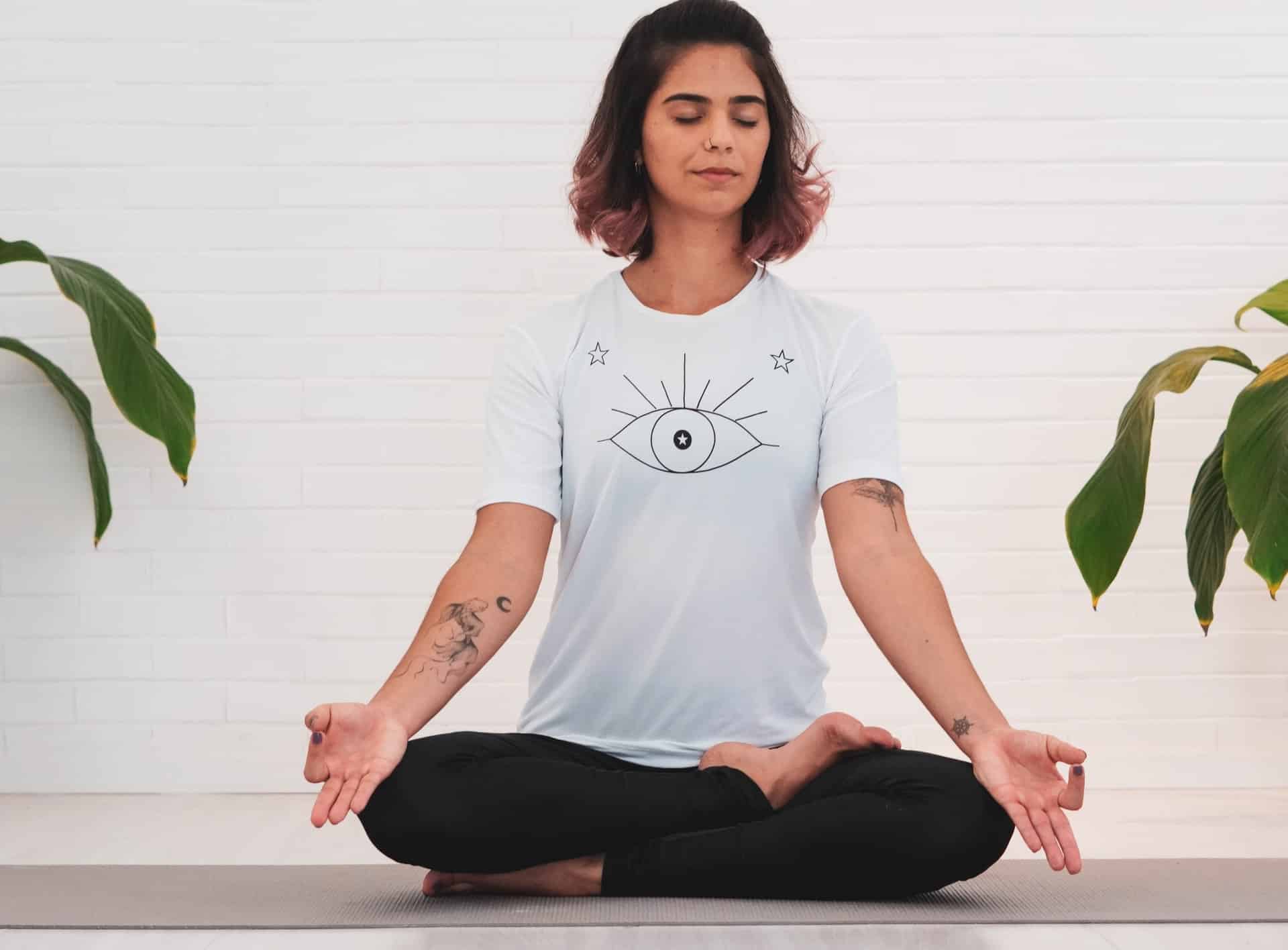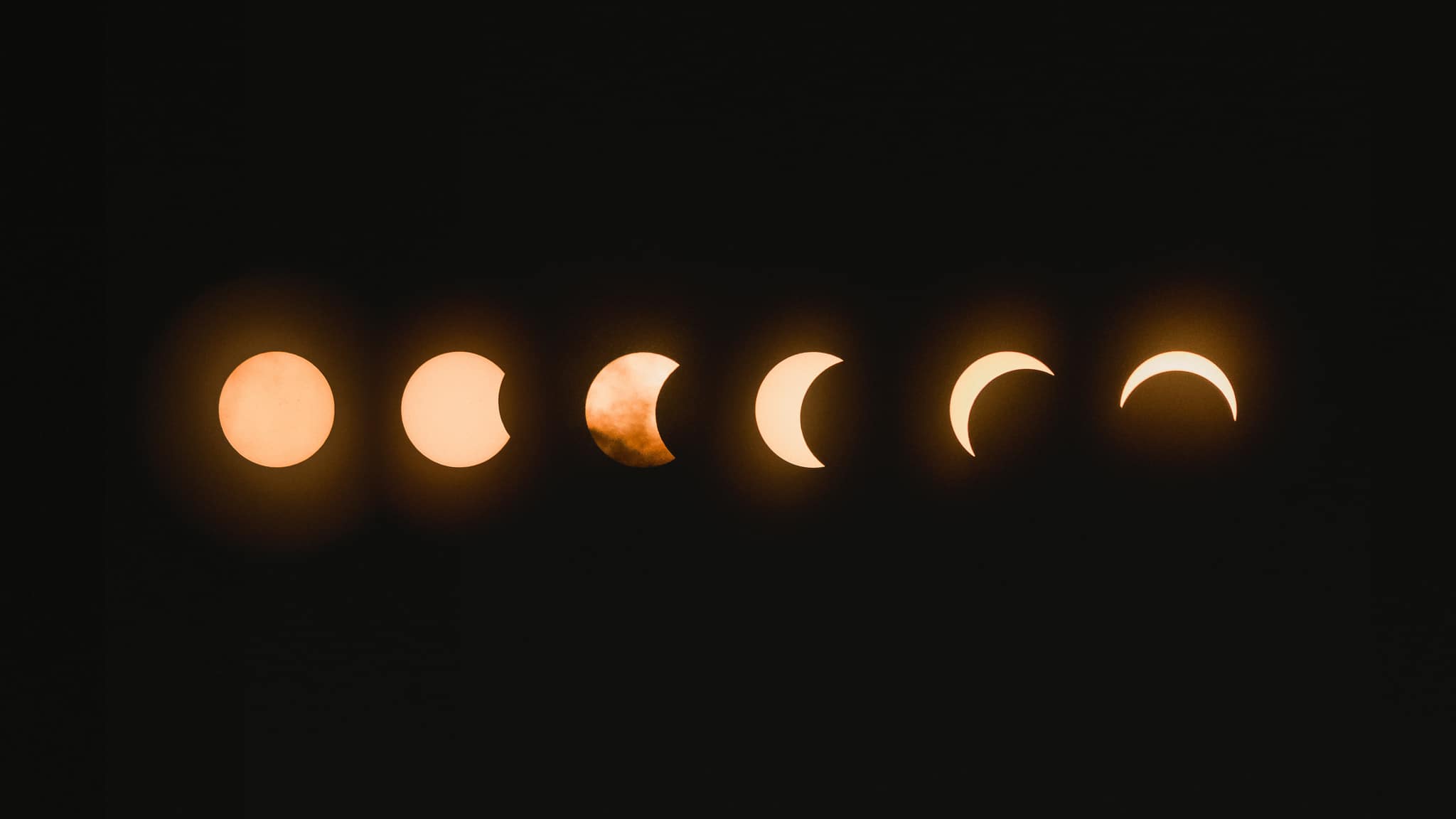Easy Yes/No Tarot Reading Guide for Beginners: Quick & Insightful Answers
While a tarot card reading can be a complex and immersive ritual, it can also be a simple moment of self-reflection. A “yes or no” tarot reading is ideal for gaining insights into life’s daily events… as opposed to a full tarot spread that delves into grander inquiries.
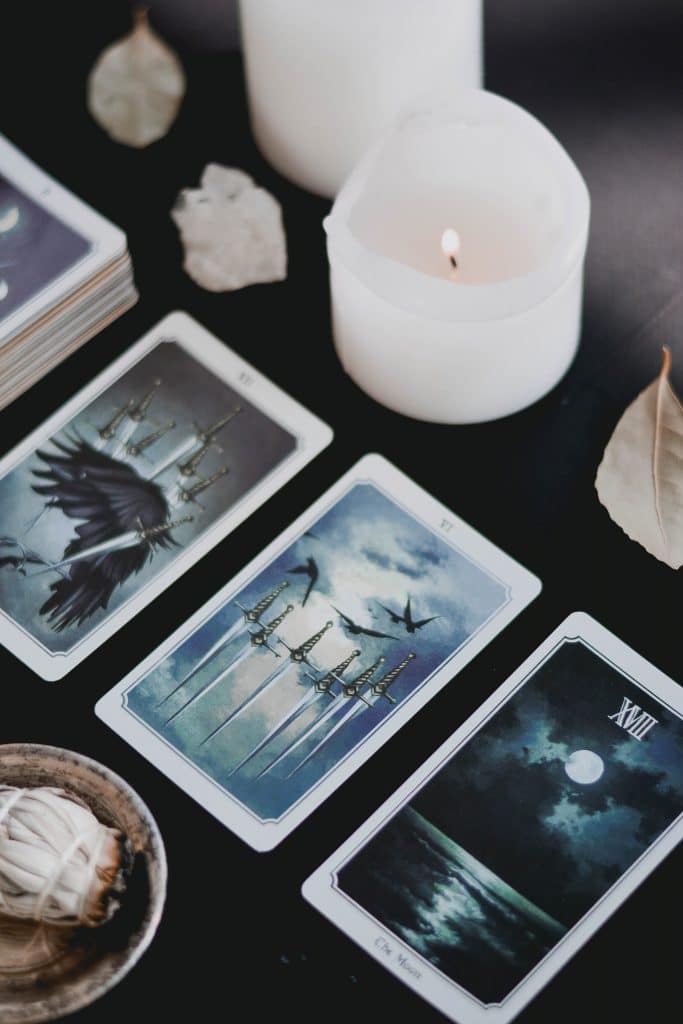
Here’s how to perform this type of tarot reading to achieve clarity about your simple questions.
Table of Contents
How To Answer Yes Or No Questions With Tarot
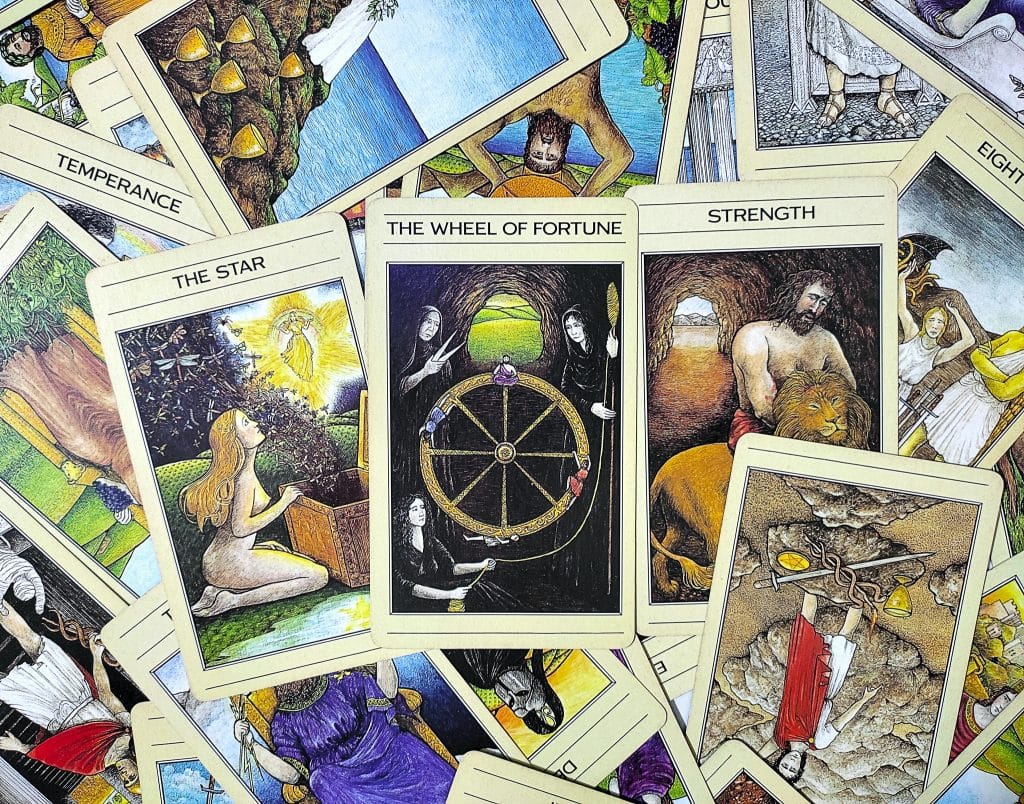
To discover a simple “yes or no,” you need only draw a single card. As with a full tarot spread, it’s important to set your intention. “Yes or no” tarot readings are ideal for short-term questions, such as:
- Making decisions about a low-level aspect of your daily life (e.g. “Should I buy a share of XYZ stock?” or “Would it be a good idea to bike to work today?”)
- Determining the most likely outcome about an upcoming scenario (e.g. “Will I get the promotion?” or “Will I meet someone interesting at the networking event?”)
- Seeking straightforward advice about a common life situation (resolving a quarrel, applying to a new job, etc.)
What is a yes or no tarot reading?
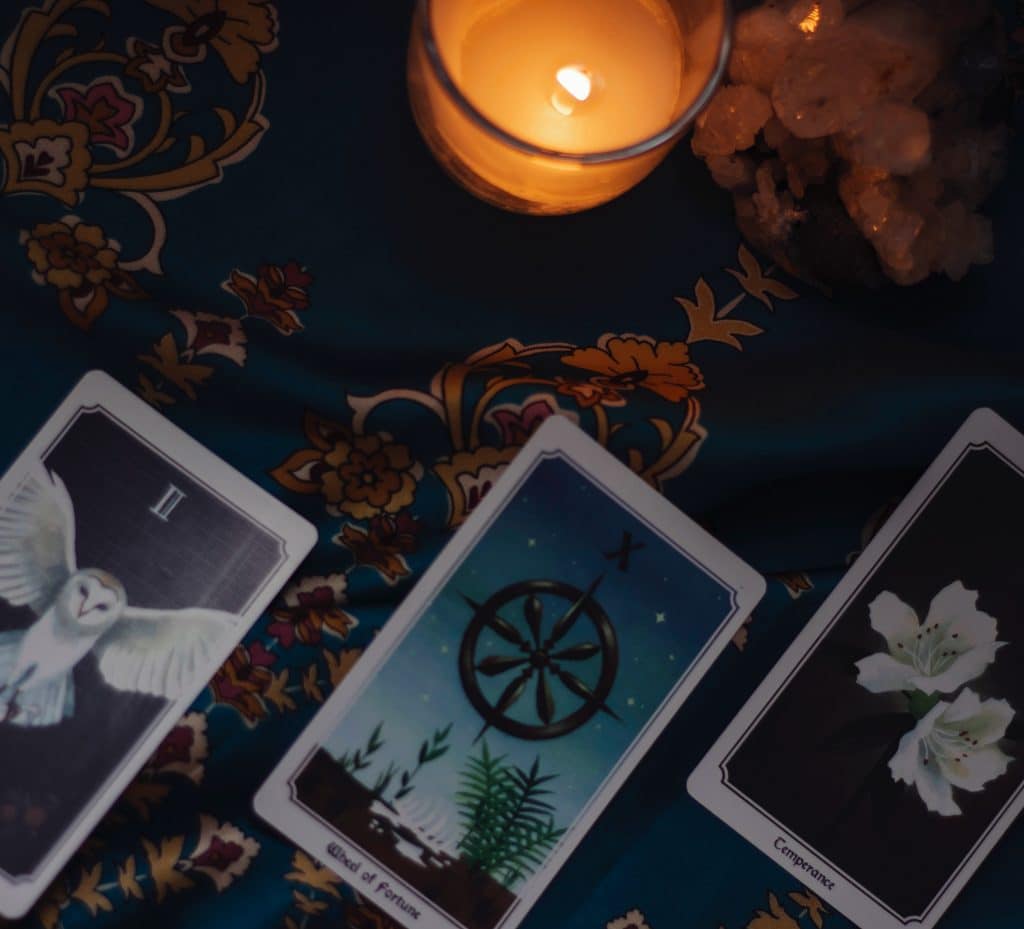
“Yes or no” readings are not ideal for multifaceted questions or complex situations. For example, trying to rekindle an old romance will bring up old feelings and challenges.
It may be wise to do a full tarot reading first, then perform a “yes or no” tarot reading to see if you should reach out to that person. Consider “yes or no” readings a short-term choice that connects to the overall trajectory of your life.
“Yes or no” readings also don’t offer clear insights into long-term changes or situations, such as “Will I have a successful career?” or “Will I ever find my soulmate?”
How Do You Answer Yes or No Tarot?
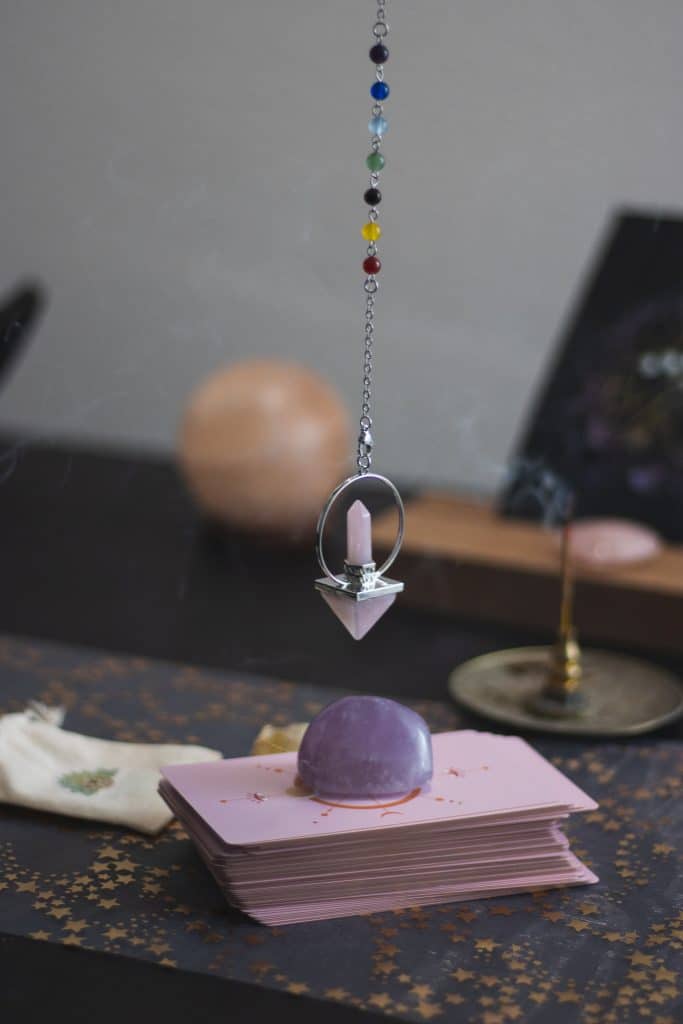
While these technically have “yes or no” answers, they are beyond the scope that a single card pull can answer.
Also, avoid phrasing the question as an “either–or” or asking a multi-part question. You will achieve greater clarity and more accurate answers if you keep your question direct and simple.
It’s important to consider your tarot reading as an opportunity for insights — not the sole determination of your fate. Each situation has the potential for change.
Your “yes or no” tarot reading simply tells you whether outcomes are favorable or unfavorable, or whether or not you should make a certain choice.
Does Yes No Tarot Work?
For that reason, when posing your question, keep it neutral. An overly negative or positive bias will make it harder to interpret the card.
For example, if you ask, “Am I going to get fired?” a “yes” will be upsetting, but a “no” could be misleading, e.g. your job security is not favorable but you’re not going be terminated. A better, more neutral question would be “Should I begin looking for a new job?”
How To Do A Yes Or No Tarot Reading
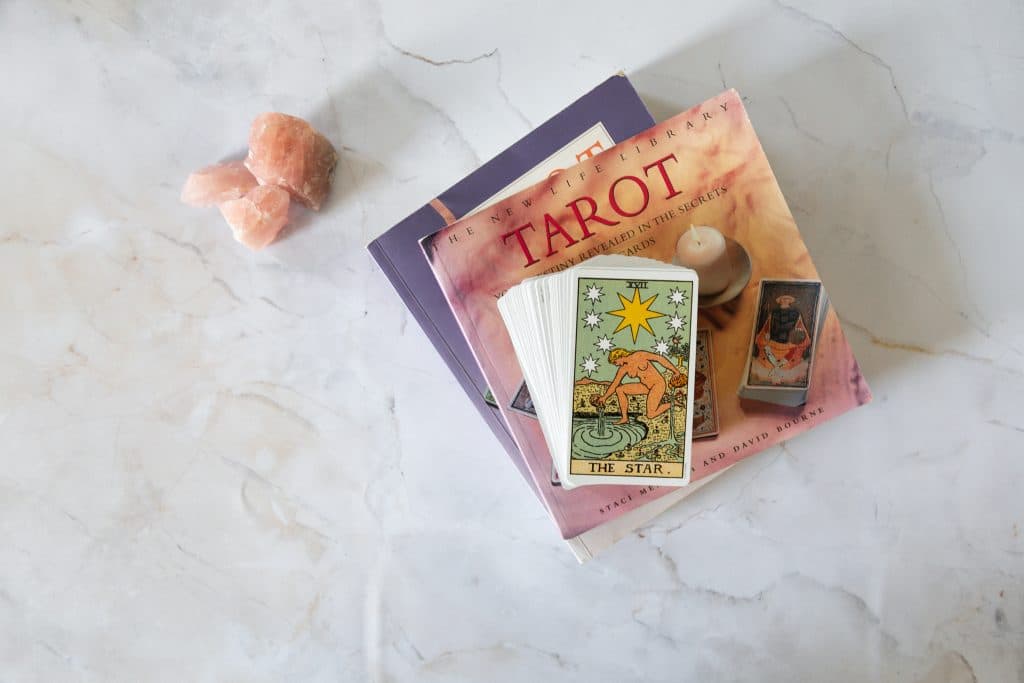
A classic tarot card reading typically interprets cards depending on their orientation. The reversed Hermit card has a different meaning than the upright Hermit card, for example.
In a “yes or no” reading, though, you have two methods for interpreting meanings in a single-card pull.
How do you ask tarot cards a question?
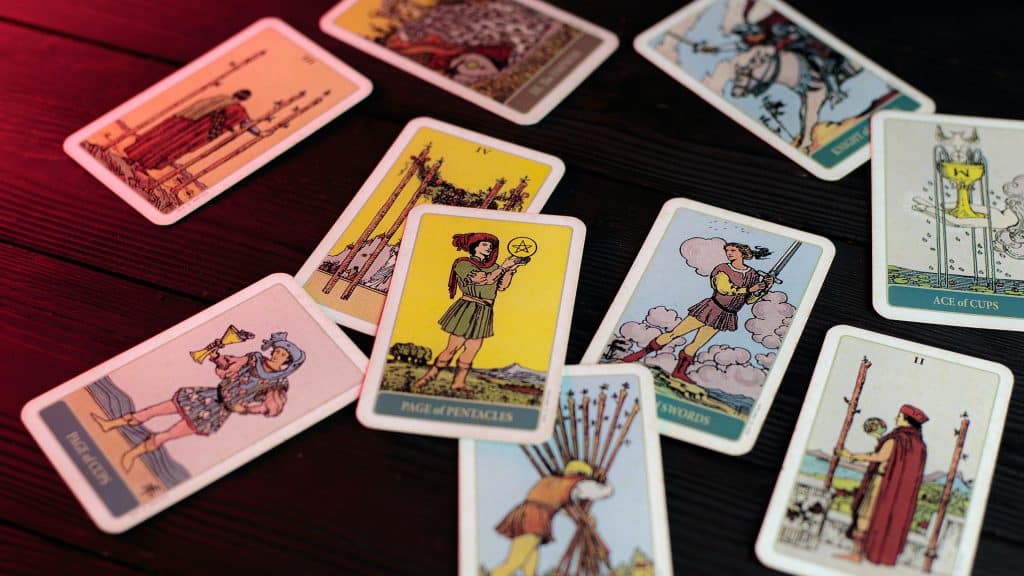
Method 1:
All cards may be read in terms of their upright meaning, then interpreted as “yes” or “no.” For example, the Five of Pentacles card generally signifies good fortune when reversed and misfortunate when upright. But in a “yes or no” tarot, it usually means “no” no matter its direction.
Method 2:
Take the orientation of the card as its meaning. Upright cards signify “yes,” reversed cards mean “no.”
Which method you use depends on your personal preference and tarot tradition.
To perform your reading, create a quiet space where you can set your intention: you seek clarity and guidance for a specific, short-term situation. Keep a pen and a piece of paper handy to reflect upon the reading.
Simple Yes or No Tarot Spread
Form your question in a neutral, unambiguous, and actionable way. Open your mind to deeper insights rather than wishing for a certain outcome.
Then, focus on your question. Some people find it helpful to pull a significator, which is a card that symbolizes your question. For example, if you are posing a “yes or no” question about your relationship, you may use The Lovers as your significator.
This grounds you as you interpret the card you pull for your answer.
Ensure that your deck is fully shuffled, then draw your card. Depending on your interpretation method and your tarot philosophy, you may then determine your answer.
Which Tarot Cards Mean Yes Or No?
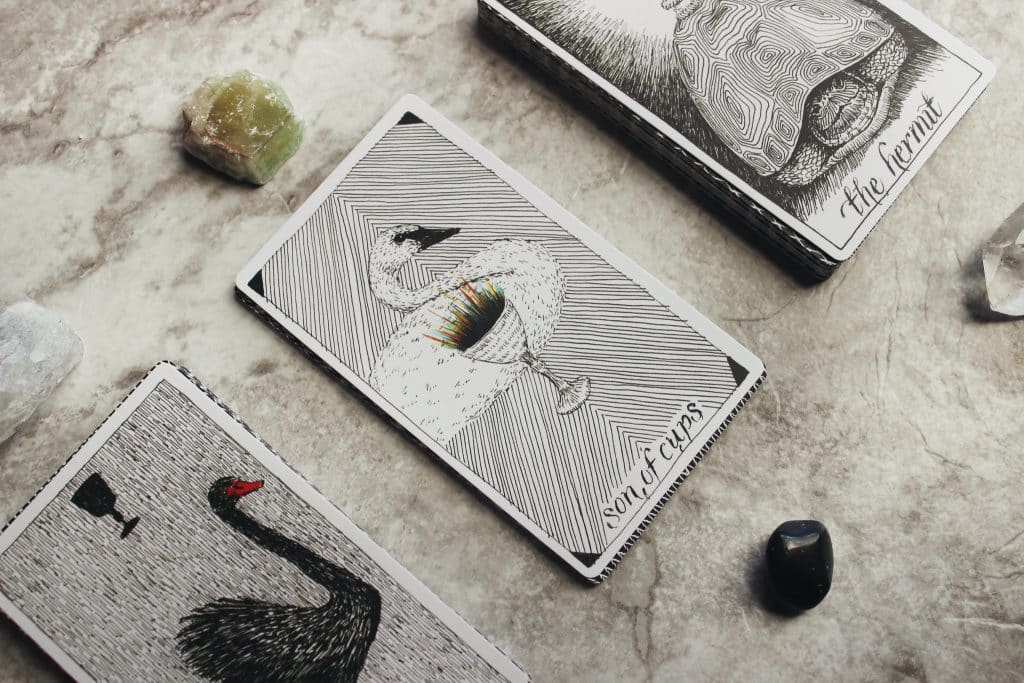
All tarot cards carry diverse and fluid meanings. You can interpret each one differently, depending on the question asked and how it’s drawn. Cards also interact with each other to provide further context and clarity.
Do reversals in tarot mean yes or no?
This is up to the reader, but that is why it’s often a good idea to do a more complex tarot spread.
A full tarot spread provides nuanced insights into complex situations, including major life changes and deeper inquiries about the universe.
How do you read tarot cards by yourself?
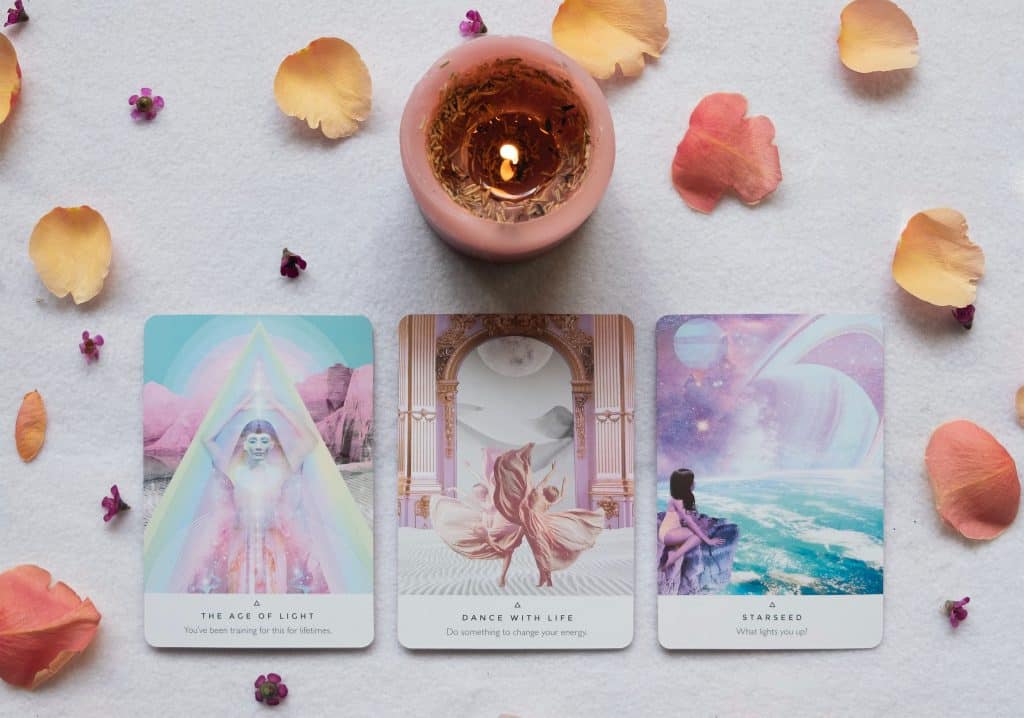
So, it’s not as easy as simply identifying a card as a “yes” or a “no.”
However, asking an unambiguous and specific question can unveil a clearer answer even from a single card, depending on its connotations and symbolism.
Once you have a clear, small-scope question in mind, you may interpret the following cards as a “yes”:
- Major Arcana: The Fool, The Magician, The Empress, The Emperor, The Lovers, Strength, The Star, The Sun, The World
- Suit of Wands: Ace, Three, Four, Six, Seven, Eight, Page, Knight, Queen, King
- Suit of Cups: Ace, Two, Three, Six, Nine, Ten, Page, Knight, Queen, King
- Suit of Swords: Ace, Six, Page
- Suit of Pentacles: Ace, Three, Six, Seven, Eight, Nine, Ten, Page, Knight, Queen, King
The following cards generally signify “no”:
- Major Arcana: The Hermit, Death, The Devil, The Tower, The Moon
- Suit of Wands: Five, Ten
- Suit of Cups: Five, Eight
- Suit of Swords: Three, Five, Seven, Eight, Nine, Ten
- Suit of Pentacles: Five
Depending on your question, a “no” may mean that the situation is unfavorable or that you should avoid a certain path. Some cards are more proscriptive than others. For example, The Devil always signifies a hard “no” to your question.
As life is complicated and answers are not always clear, there are some cards that suggest “maybe”:
- Major Arcana: The High Priestess, The Wheel of Fortune, Judgement all indicate yes but with caveats, while Temperance, The Hanged Man, and Justice lean toward “no” with a possibility of eventual “yes.”
- Suit of Wands: Two, Nine
- Suit of Cups: Four, Seven
- Suit of Swords: Knight, Queen, King, Two, Four
- Suit of Pentacles: Two, Four
Over time, you will develop your intuition and learn how to interpret the cards more clearly.
Some people also pull a second card to add context, especially if their initial pull yields a “maybe.”
Others interpret the major and minor arcana differently, taking the former to have the biggest impact while the court cards add context or nuance.
Do what feels best for your introspective needs. Many find it helpful to create their own list of card meanings.
How To Do A Yes Or No Tarot Spread
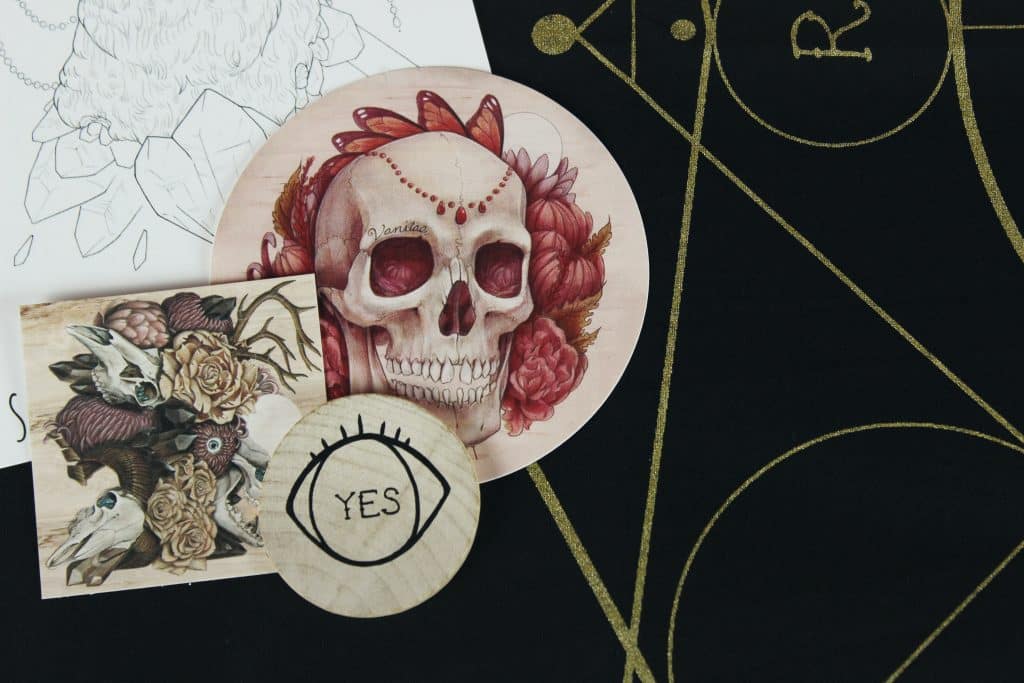
Most people use a single-card pull to perform a “yes or no” reading.
However, if you feel this method doesn’t suit you or if you’d like a more specific answer, you may do a tarot spread to answer a “yes or no” question with clarification cards.
- As with a single-card pull, set your intention and pose a neutral, unambiguous, and focused question.
- Shuffle your deck, then pull a card and place it to your left.
- Continue to focus on your question as you pull a second card and place it in the center.
- Pull your third card to the right.
- Unveil all cards and interpret them in succession.
With this method, you generally interpret the overall answer as the sum of the card’s individual “yes” or “no” meanings. If two out of the three cards signify “yes,” the outcome will likely be favorable.
A combination of one “yes,” one “no,” and one “maybe” generally points to an unfavorable outcome. If you’re still not sure, you may pull a fourth and fifth card.
Always pull an odd number of cards to avoid ties so you can get a clearer answer.
What You Need To Know About Using Tarot Cards

As you learn more about the card’s meanings and refine your tarot practice, you’ll discover more nuanced “yes” or “no” answers. For example, pulling the High Priestess often signifies “yes” but after you reflect on the situation and see past hidden truths.
Your tarot readings are ultimately up to you; you may choose how you pull and interpret cards for “yes or no” questions. Each card reading is an opportunity to reflect and tap into your intuition, even if the answer is not a straightforward “yes” or “no.”

